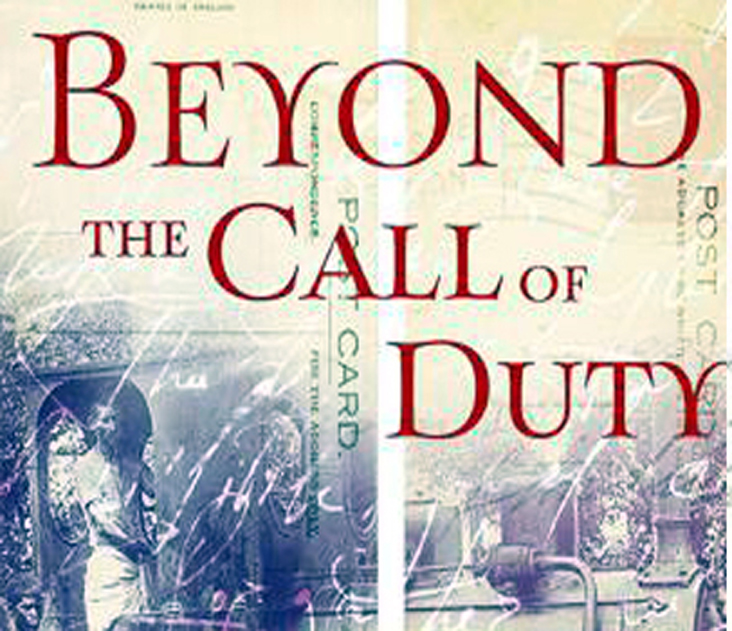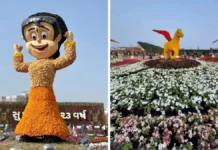 NEW DELHI: Did you know that as far back as the 1850s, a British engineer had chalked out a plan to link all the major rivers in India or that it was an Englishman who mastered Sanskrit and translated Kalidasa’s work in English?
NEW DELHI: Did you know that as far back as the 1850s, a British engineer had chalked out a plan to link all the major rivers in India or that it was an Englishman who mastered Sanskrit and translated Kalidasa’s work in English?
From laying the foundation of the Asiatic Society and fighting the dreaded ‘Thugee” system, some of the forgotten British gentlemen who were not necessarily administrators went well beyond their call of duty making valuable contributions, says a book.
The preface in “Beyond the Call of Duty” by academic, author and columnist V Raghunathan and Veena Prasad, says that it is difficult to say anything nice about the British who ruled over India unless one suffered from Stockholm syndrome.
Lost in the narrative that during their 200-year rule, the British plundered India, however, is the work of the scores of well-intentioned individuals who played a part in shaping modern India, the book says.
The authors say they have tried to be mere story tellers and told the stories of a dozen outstanding British gentlemen. These were the men who loved India and Indians and went way beyond their call of duty when doing in India and for India what they did.
Arther Thomas Cotton, considered all time great engineers of the British Empire, in 1958 dared to dream of an ambitious project to link all the major Indian rivers to exploit the full irrigation and navigational potential in the country.
Cotton is the man known as ‘Bhageeratha’ in Andhra Pradesh and Tamil Nadu and has more than 3000 statues of him installed all over East and West Godavari districts for his work in the region, the book says.
Ask a hundred educated people who set up the Asiatic Society and chances are 99 will draw a blank. “And therein lies the need of telling these stories, which, in our view, are stories of sheer human spirit, stories of excellence, perseverance and application, stories that celebrate the satisfaction of a job well done”, the authors say.
The book says few would imagine that an East India Company official well-versed in Persian, Arabic, Hebrew, Spanish, Portuguese, German and Chinese would turn Indologist mid-life, go on to Sanskrit and translate Kalidasa’s Shankutalam, Ritusamhara and Manusamhita into English and then set up The Asiatic Society.
It was Sir William Jones Jr. who in 1784 registered the Asiatic Society with objective of advancing Asiatic research.
India is home to some of the grandest and most ancient monuments in the world that have withstood the test of time, invasions and general apathy.
It was Alexander Cuningham of Bengal Engineers regiment who put a proposal for constitution of Archaeological Survey.
Perhaps his most important contribution is the restoration of the temple at Bodh Gaya, the legendary site of Buddha’s enlightenment.
When he first visited the site the only visible relic of an ancient empire was buried under centuries of sand, the book says.
William Henry Sleeman was the civil servant who rid India of dacoit gangs known as ‘thugs’. One of his first official proclamations when posted in Jabalpur was regarding prohibition of ‘Sati’.
When his soldiers began to fall prey to highway robberies, Sleeman went on to make series of arrests.
He built a special prison to hold the swelling number of prisoners. As a deterrent, the ones who had committed the most gruesome murders were publicly hanged, the book says. There is a village –
Sleemanabad – in Madhya Pradesh, a tribute to the man’s work, the book says.-PTI






